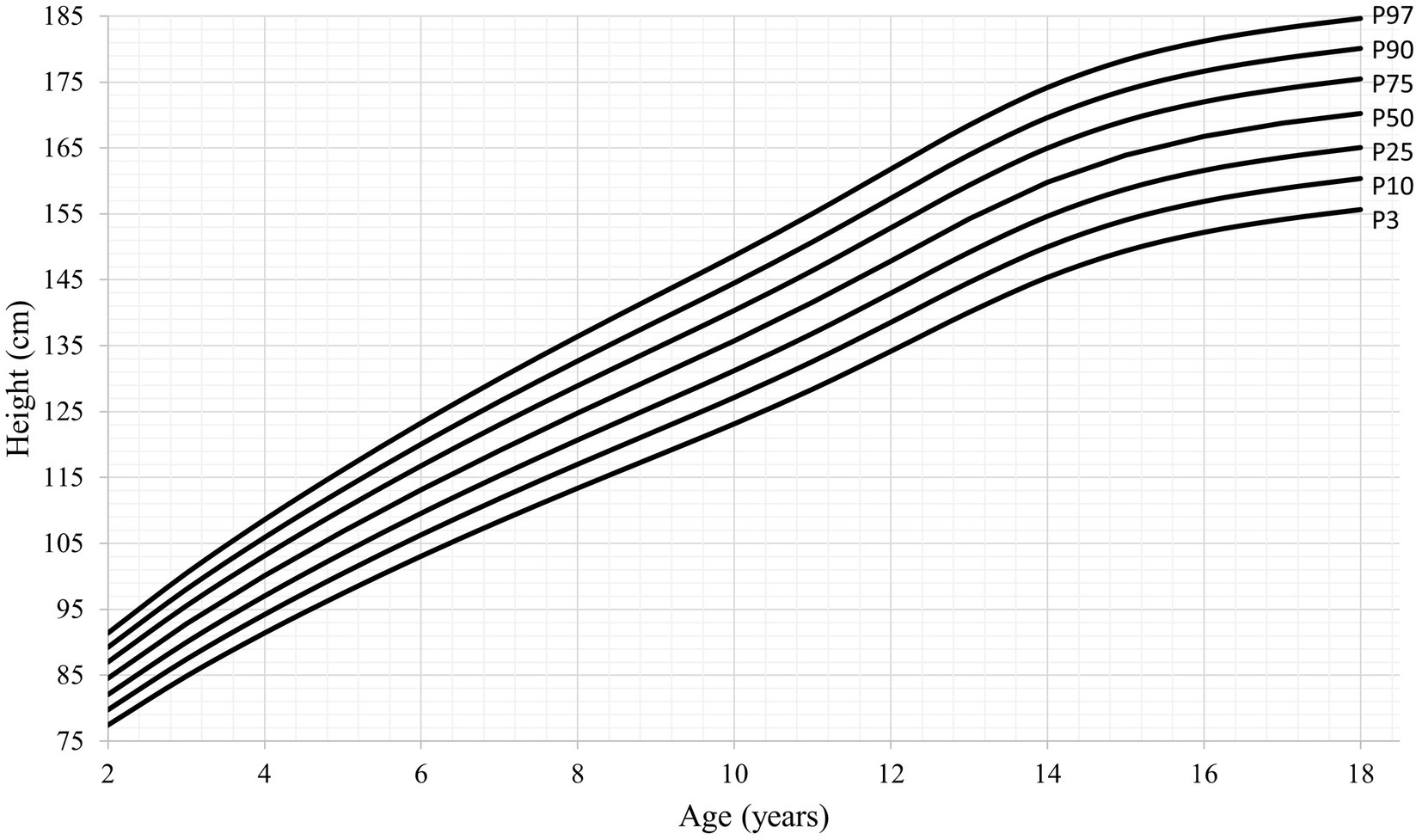
Title: The Subjective Essence of Measurement: Comprehending Time and Space
Measurement underpins scientific exploration, ceaselessly developing to boost accuracy and precision. However, complex and frequently esteemed, the act of measuring is often founded on historical customs and societal agreements. Investigating the essence of time, in particular, reveals how deeply entrenched conventions influence our comprehension and application of essential units.
The Idea of Time: Historical Foundations and Contemporary Practices
Time, as understood by humans, is a fusion of natural occurrences and human-imposed structure. The day, dictated by Earth’s rotation, represents a natural constant. Nonetheless, the division of a day into 24 hours pays homage to Ancient Egyptian astronomical practices. By observing the stars’ first light, they established a framework of 12 units for nighttime and 12 for daytime. This system, however, faced challenges due to the differing lengths of days and nights caused by Earth’s axial tilt, leading to the seasonal hours observed during the Middle Ages.
The establishment of consistent, equal-length hours was realized only after astronomical and navigational advancements by the 14th century. Similarly, the division of hours into 60 minutes and seconds originates from the Ancient Babylonian sexagesimal system, significantly impacting perceptions of fractions. Each minute is named after “pars minuta prima,” and each second from “pars minuta secunda,” illustrating a linguistic and mathematical evolution shaped by languages and cultures throughout history.
Temporal Standards: Determining When a Day Begins
The initiation of a day serves as another illustration of the arbitrary essence of time. While midnight currently universally marks a new day in various cultures, historical norms differed, with some cultures choosing dawn, noon, or dusk. Such variations mirror a mixture of practical requirements, cultural customs, and astronomical observations, akin to the dusk-to-dusk day cycle in Judaism.
The Geography of Time and Space: Latitude, Longitude, and Altitude
Apart from temporal measurements, spatial aspects further reveal the interplay of convention and nature. Latitude and longitude, the global coordinates, derive from celestial navigation, creating a complex grid system that facilitates navigation and cartography. While latitude is tied to the natural equator, longitude is marked by an arbitrary societal designation, its Prime Meridian’s location historically disputed and accepted through practical consensus rather than essential requirement.
Altitude is likewise assessed against a standard mean sea level, although establishing this reference point is not without complications. Sea level fluctuates due to tides and geological forces, a shifting boundary reliant on agreements instead of absolutes. Grasping sea level encompasses a historical evolution of ideas, transitioning from localized references to a quest for a universal baseline. This complexity is skillfully detailed in Wilko Graf von Hardenberg’s “Sea Level: A History,” which chronicles the intricate relationship of variable sea levels and its link to climate change.
The Current Scenario: Significance to Ongoing Discussions
As Hardenberg aptly highlights, recognizing the historical and contextual framework of measurement enriches contemporary conversations, particularly in addressing the effects of climate change. Increasing sea levels are not merely numerical predictions but are anchored in rich histories that encompass geographic, societal, and environmental narratives.
In conclusion, the terminology of measurement, intricately woven into science and everyday existence, intertwines natural phenomena with human conventions. Both temporal and spatial dimensions, along with their metric representations, are steeped in historical, cultural, and scientific progressions vital for understanding the complexities of our interconnected reality.